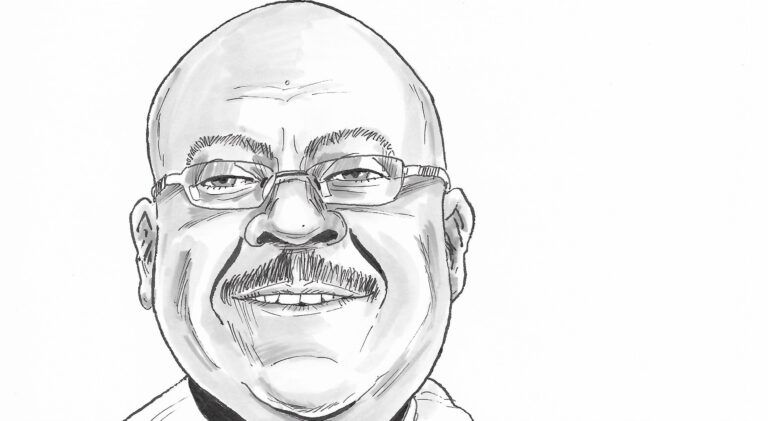Texas A&M Transportation Institute director Greg Winfree explains why protecting the 5.9 GHz band in the US is so important.
DSRC’s primary mission is traffic safety. In a traffic safety facts research note towards the latter end of last year, the National Highway Traffic Safety Administration reported that 36,560 people died in motor vehicle crashes on US roadways in 2018.
Connected and connected-automated vehicles (CAVs) promise to significantly reduce
that number by enhancing situational awareness and improving the traffic safety equation. Computers don’t get sleepy or distracted, and they don’t drive impaired. Sit back, relax and enjoy the ride. Read a book. Watch a movie.
But to operate safely, CAVs – remember the “C” stands for connected – must exchange data seamlessly, securely and reliably with one another and the connected roadside. In 1999, the Federal Communications Commission (FCC) allocated the dedicated short range communication (DSRC) 5.9GHz band for transmitting intelligent transportation signals. DSRC can transmit a safety message 20 to 30 times in the time it takes a human driver to react.
Toyota and Lexus were so convinced that DSRC was the right answer to connected communication, they committed to include systems using a radio frequency specifically reserved for that purpose on cars by 2021. Due to uncertainty created by government inaction, which is further delaying implementation, Toyota recently shelved that decision.
Today, some wireless companies argue we should use emerging 5G technology for CAV transmissions. The problem? DSRC is proven, and currently the only technology capable of supporting CAV safety applications. Waiting for 5G to catch up to DSRC risks delaying deployment of intelligent transportation technology—virtually ensuring tens of thousands more traffic deaths in the meantime.
The FCC recently announced that it’s reconsidering the decision to reserve the 5.9 GHz DSRC band for CAV data exchange. The entertainment industry—nearly synonymous these days with wireless providers—wants to share that DSRC frequency to stream movies, games, and television programs. But, frequency spectrum, like shelf space in your closet, is limited; in both cases, it’s easy for clutter to create chaos.
A Rand Corporation study in 2018 estimated that opening up DSRC to wi-fi use would add between US$60-106 billion annually to the US gross domestic product. But compare that to the $800 billion costs associated with traffic crashes in the United States every year. Moral arguments aside, does selling safety to the highest bidder even make good financial sense?
Preserving the 5.9 GHz DSRC band for traffic safety applications will keep the ‘noise’ of streaming entertainment, like movies, from competing for bandwidth – and, potentially, contributing to traffic deaths. You will be able to travel safely and peacefully while the car drives for you.
It is annoying when you are watching a movie at home and the connection fails due to too many demands over wi-fi. Imagine, however, the cost of failing to preserve the bandwidth protecting your family in the car.
Greg Winfree is director at the Texas A&M Transportation Institute and the newest columnist at Traffic Technology International





